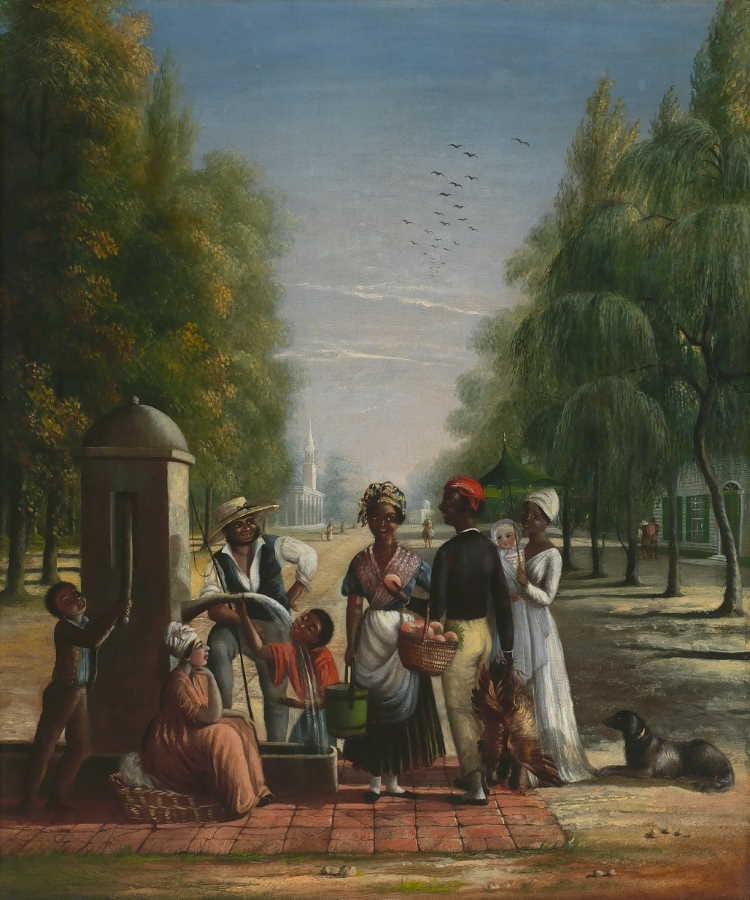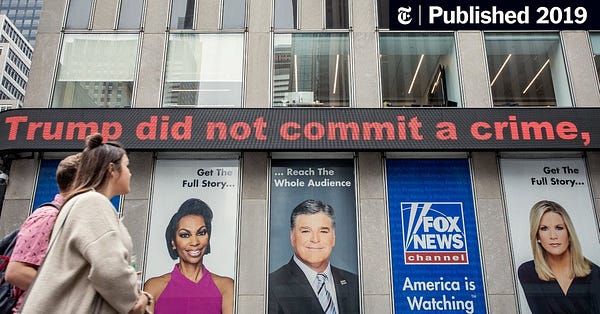Seeing colors... in black and white : how we talk about diversity and credentials
On representation, inclusion and eligibility, columnists make evitable errors that preclude dialogue across reasonable disagreement.
We have plenty of abstract concepts and metaphors for why societies are polarizing – media bubbles, tribal instinct, confirmation bias, groupthink, populism. What we have less of are precise examples of specific missteps to avoid in communication, especially mass communication. What exactly should everyone and their journalism heroes stop doing? Columns in the New York Times regularly offer pointers.
This is the inaugural issue of this letter, so why not open with a debut piece? New columnist Pamela Paul wrote hers on a difficult question: who gets to tell which stories? It is one of those select few questions with which I have struggled for years and yet no closer to a definitive answer, even taken case by case. And that is after reading nuanced opinions in and outside the NYT; there’s no shortage of commentary on the subject. One thought Paul adds that was new to me:
A creator may represent the identity of some characters, but unless a story’s cast is remarkably homogeneous, that person can’t authentically represent all of them.
As with virtually every other word in the piece, I agree. (Though people who object are mostly concerned with protagonists and core themes.) But then this:
Taken to its logical conclusion, the belief that “lived experience” trumps all other considerations would lead to a world in which we would create stories only about people like ourselves. [Emphasis mine.]
There’s our example. When liberals and conservatives talk past each other on representation, one specific thing they have usually not straightened out are criteria for eligibility. Do the people clamoring for more representation and inclusion want to add a criterion or are they demanding that the new criterion “trump all others”?
Far from a logical conclusion, the latter is a syllogistic fallacy. Simple, common and excusable, but immensely consequential. To conclude that the new criterion trumps all others, it is not sufficient to point to progressives who denounced a work of art despite acknowledging that all other criteria were met. You would need a quote from an activist Literary Agent who says, “I check about quality of prose, storytelling and pacing etc. only after I screen all the queries I receive for authors who are both colored and LGBTQ”.

The slip is not restricted to new columnists. Weeks in a row, in conversation with Gail Collins, Bret Stephens brought up the appointment of Justice Ketanji Brown Jackson and repeatedly called her ancestry and gender the “primary”, “top” or “paramount” criterion.
President Biden never framed it that way. What do we think the official White House answer on the nomination process was - A) “First, we screened all federal judges for gender, skin color and hair type, and then, of the remainder, just picked the one with most experience” or B) “We deliberated for months on a longlist of the most qualified candidates and then shortlisted the ones that met a Presidential promise”? If Collins retorted to point that out in her email reply, it did not make the published edit.
The oversight tells you a bit about the omissions. Paul does not mention the clincher for the opposing opinion which has to do with market share. I too will omit it for now, because it’d be remiss to not then also address each in the ensuing chain of counter-arguments. At any rate, this post is not about diversity, but about disagreements.
Reasonable people should be arguing about when, in which cases, criteria might be added in assessing credentials for work. Or whether presidential candidates should make promises of that sort given that judicial nominations are not a transparent process, to say the least on the subject in light of last week’s news. Those are difficult discussions all in themselves. We don’t need the evitable distraction of framing the new criterion under consideration as paramount. If conflict is good for ideas, clarity makes it better.
This journalistic care concerning clarity over the order of eligibility criteria is similar to a characteristically astute point Ross Douthat made nearly three years ago about left-right disagreements. Former president Barack Obama recommended that article.


As an economist, it certainly helped me think many policy-relevant arguments through.
As a way of trying that particular Douthat lens, you might apply it to Paul’s column. You would ask, if you did have that single quote from an activist Literary Agent, would that be enough to support the column as written? (And you might of course answer yes, if with the thrust slightly adjusted.)
In a nut shell, Douthat says when two sides disagree, the disagreement is usually not about facts themselves but about how representative a narrative based on those facts is. [Emphasis his.]
Representation again, but in a different sense. And the cross-reference is a worth a thought too. Douthat’s title after all was, ‘The Stories that Divide us’ and we’ve been talking about who may tell us stories.





